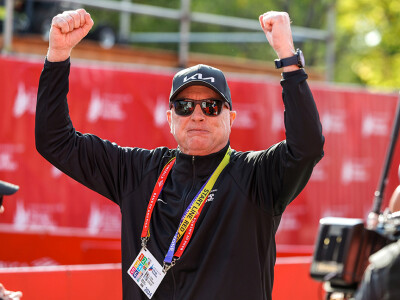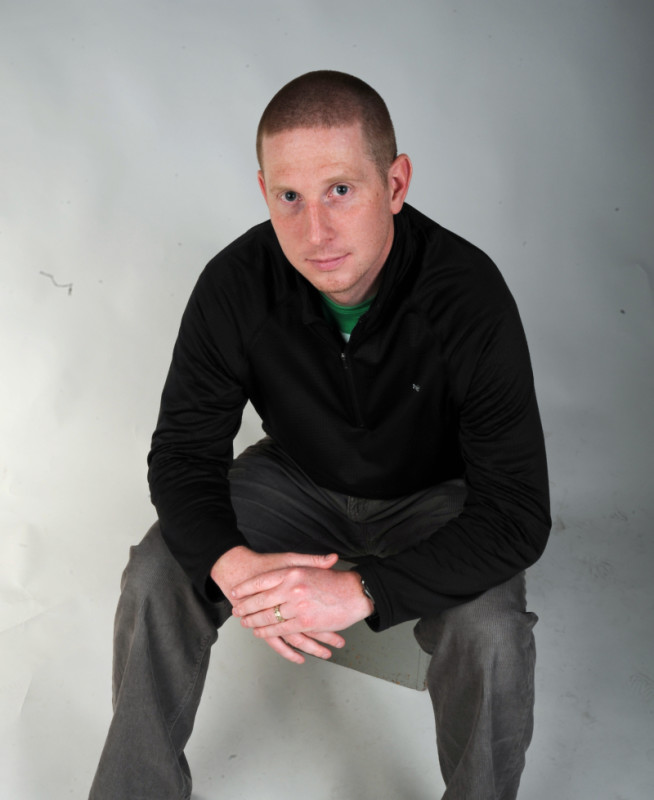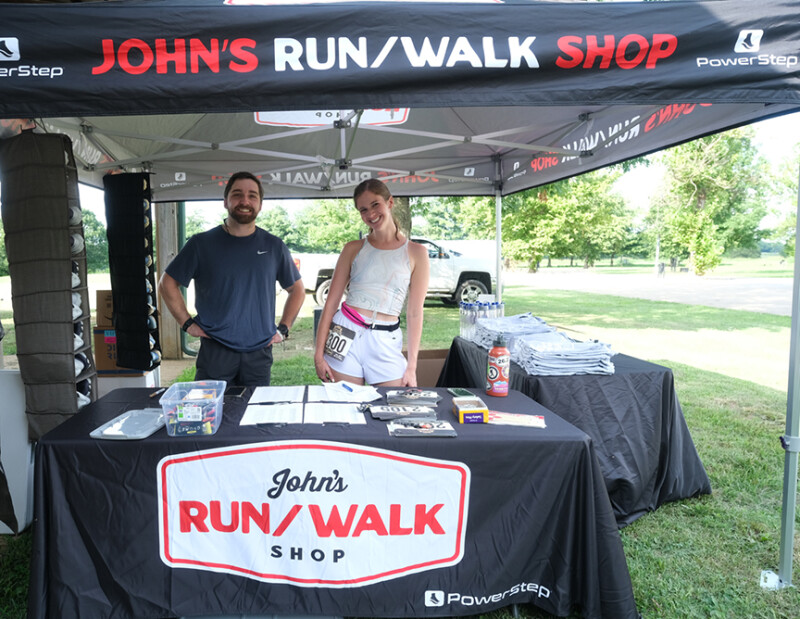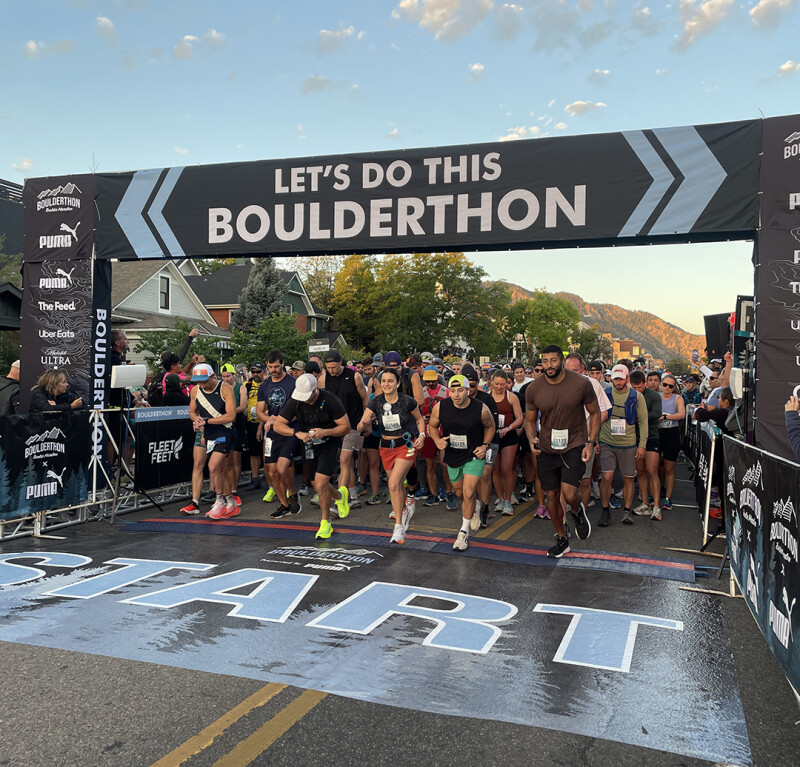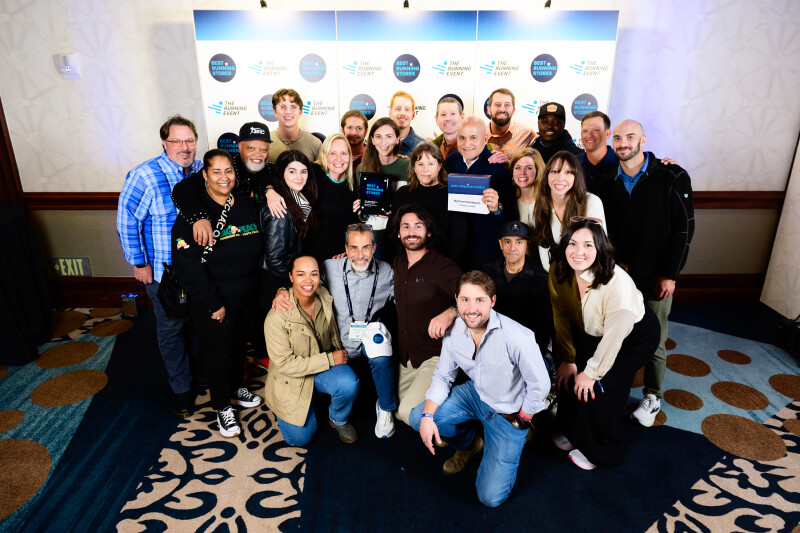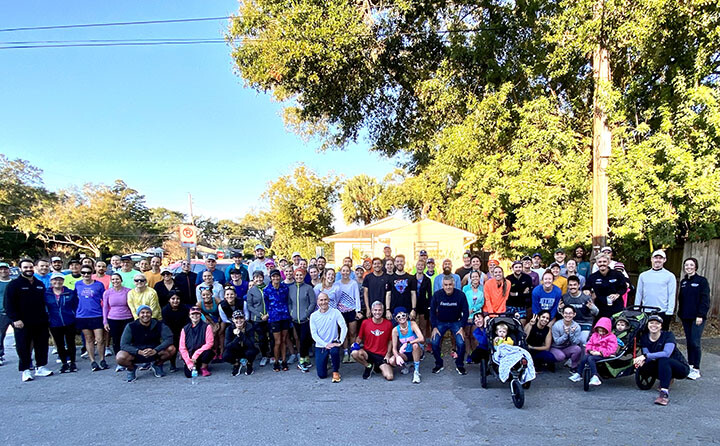Back in the late 1980s, the Chicago Marathon was anything but a stable, world-class event. Despite previous headline-grabbing performances from the likes of Steve Jones and Joan Benoit Samuelson, the event struggled to gain consistency and was, in fact, cancelled in 1987 after Beatrice Foods dropped out as lead sponsor. Though the marathon soon returned to Chicago’s streets, fewer than 5700 runners finished the race in 1989.
The Chicago Marathon was languishing, uninspiring.
Even still, Carey Pinkowski saw the potential. “I had a vision of where I thought it could go,” Pinkowski says.
Today, of course, the Bank of America Chicago Marathon is one of the globe’s premier marathons and a treasured civic event, touching 29 neighborhoods across the Windy City and viewed by some 1.7 million spectators.
One of the seven races in the Abbott World Marathon Majors series, Chicago has played host to multiple world records on both the men’s and women’s side and attracts runners from all 50 states and about 12 dozen countries. Nearly 170,000 runners applied to run the 2025 edition of the event on October 12, of which 54,000 were granted the opportunity.
And Pinkowski’s leadership and vision over the last 35 years has propelled this dynamic transformation.
Rescuing the Chicago Marathon
While a student at Villanova University, Pinkowski remembers taking the train from Philadelphia to New York City to watch the marathon. While many of his track buddies hustled to watch the elites finish, Pinkowski anchored himself to the course to watch the masses jog – or shuffle – by. He was fascinated by the everyday Joes and Janes committing themselves to the daring, 26.2-mile endeavor.
After post-collegiate stints working in marketing and events for Adidas and at a Chicago communications firm, Pinkowski took the reins of the Chicago Marathon in 1990. He thought Chicago, a sports-loving town and an internationally renowned city with a metro population of 7.5 million, could inspire the masses much like Boston and New York City.
Enterprising, industrious and hands on, Pinkowski committed to building the Chicago Marathon one step at a time — or “block by block,” as he calls it. He cultivated relationships with the Chicago Area Runners Association, city officials, the Chicago Park District, the Chicago Police Department, neighborhood groups and more.
“A lot of time out of the office meeting people,” Pinkowski recalls of his earliest years as race director. “The pieces were all there, just not the connection.”
Slowly, Pinkowski began weaving things together throughout the 1990s. He built a capable team at Chicago Event Management (CEM), the marathon’s production company, and designed the 26.2-mile course. He scored corporate sponsorships, including a title sponsorship from LaSalle Bank. While recruiting elite athletes and promising stars, he focused on the average runner and making the race-day experience special and seamless. Chicago was an open event without time standards for registration and its common start/finish area in centrally located Grant Park eased logistical concerns for runners.
Along the way, running as a fitness activity accelerated. Marathons, once derided as human folly, became mainstream. Oprah, one of Chicago’s most famous residents, discussed training for a marathon on her national TV show and encouraged her flock to follow. Female participation, once in the single digits, soared.
“If I can do it, anyone can do it,” Oprah declared.
And sure enough, the Chicago Marathon numbers climbed. After years of hovering around 6000 finishers, Chicago crossed 14,000 in 1997, 17,000 in 1998 and 24,000 in 1999, the same year Khalid Khannouchi set a new world record time of 2:05:42 in Chicago.
Led by Pinkowski’s persistence, Chicago was no longer an also-ran.
Racing for Improvement
Throughout the 21st century, Pinkowski has continued to steward the Chicago Marathon and solidify its standing as a prominent world marathon.
He acknowledges fortune has smiled upon him and the industry at large. In addition to marathons becoming a social phenomenon, the journey to the finish line has become far more enjoyable for participants given innovations in footwear and apparel, instant access to training information and welcoming running groups.
Yet more, many major races benefit from charity tie-ins, which bring added purpose to events and fortify participants’ efforts. At Chicago this October, Pinkowski says 20,000 charity runners will aim to top the $37 million that charity runners raised at last year’s event.
But Pinkowski refuses to take anything for granted, pushing his team toward ongoing improvement. After the marathon every October, Pinkowski and his CEM team conduct a post-race autopsy. They reflect on what worked and didn’t, tackle criticism head on and discuss potential enhancements.
After race officials halted the 2007 race amid scorching heat, for instance, a decision that frustrated many participants, Pinkowski’s team instituted an on-course alert system of green, yellow, red and black flags alongside other backup safety measures like having semitrucks packed with excess water at the ready. Many of CEM’s practices are now standard at other large events.
From runner tracking and safety measures to additional on-course medical support and operating each of the marathon’s 21 water stations the same way, Pinkowski’s team is constantly hunting improvements while delivering on event essentials like an accurate course, intuitive packet pickup and clear communications on where participants need to be and when.
“We’re always trying to get just a little bit better,” Pinkowski says.
In addition to reflecting on successes and struggles at the Chicago Marathon, Pinkowski is quick to connect with industry peers and travels to other races to study operations and processes. Early on, he relished opportunities to connect with New York City Marathon co-founder Fred Lebow, whose time and insights helped Pinkowski sharpen Chicago’s race.
“Experience and knowledge are valuable, so when someone is willing to share it, you pull up a chair and listen,” Pinkowski says. “After all, better running events are good for all of us.”
